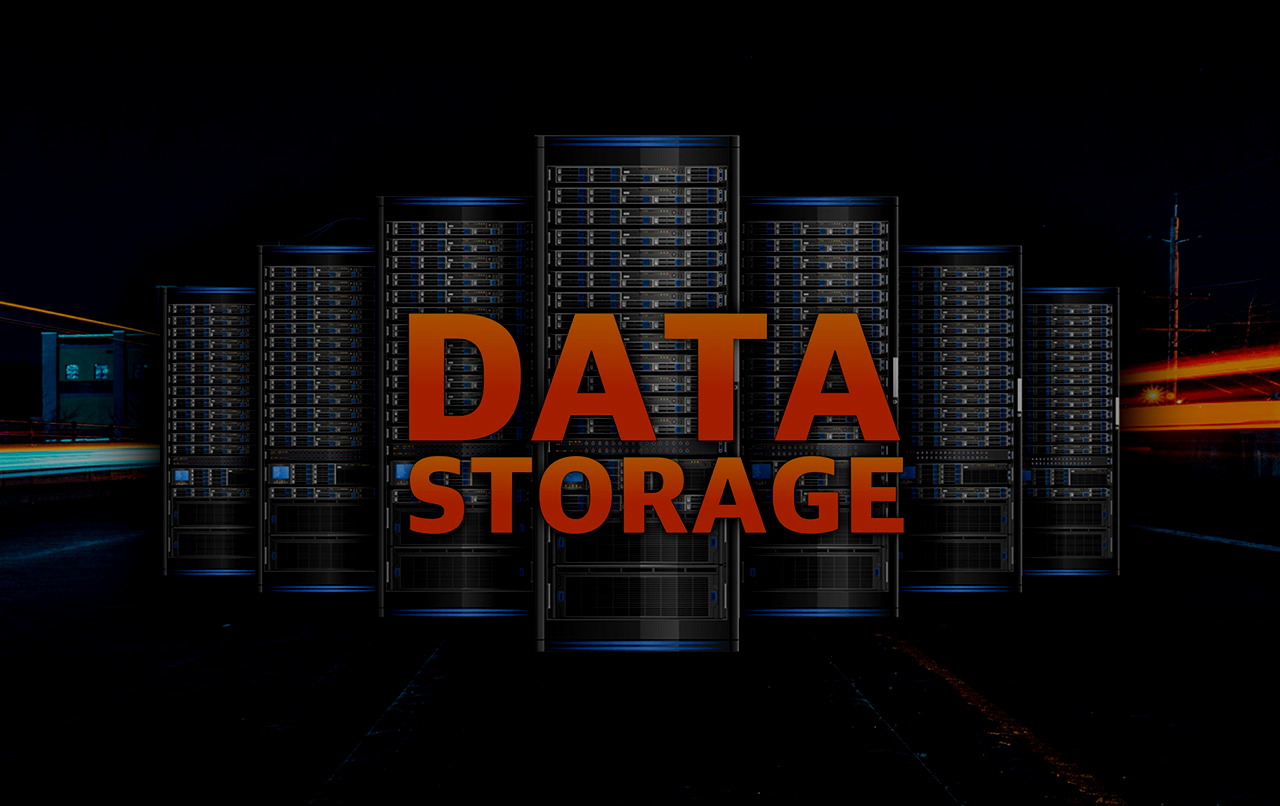
The digital sector is constantly evolving. Keeping up with the latest advancements and innovations in technology can be challenging, as it is constantly expanding and changing. Furthermore, although cloud computing isn’t really a novel idea, businesses have just recently begun to use it.It is challenging to overestimate the influence that cloud computing has had on the data business and end consumers in general. This creative digital solution has changed and transformed a lot of facets of daily living.
Cloud computing has optimized costs and expanded offerings for companies of all sizes, from start-ups to well-established enterprises. This is due to the fact that they no longer need additional software and hardware.

However, the world of cloud computing is still opaque and perplexing to many. We’ll offer you an introduction to cloud computing and demonstrate its applications across a wide range of industries, including cyber security and development.
What is cloud computing?
The provision of computing resources as a service is, to put it very simply, cloud computing.Going cloud essentially means that a third-party supplier, rather than the end user, owns and manages the resources.
these implies that you don’t have to be concerned with mainframes, hard drives, or the locations of any of these hardware and software. From the user’s perspective, it is accessible through the internet and appears to be floating up there in a figurative “cloud.”
Businesses no longer have to worry about spending money on labor, knowledge, or capital for the upkeep of these resources thanks to the transition from on-premises software and hardware to a networked, remote resource. Numerous cloud computing businesses have emerged as a result of it, including major players like Microsoft Azure and AWS.
Types of cloud computing services
There are three primary ways that cloud computing services are provided, and each one gives users varying degrees of flexibility and assistance. It can be a bit difficult to understand what all three of them mean because there is some overlap between them.
Because they are frequently built on top of one another, these services are also referred to as the cloud computing “stack.” Understanding each of them and how they operate will help you make a more informed decision about which service would be most appropriate for your needs.
Infrastructure as a Service (IaaS)
This on-demand provisioning of computer infrastructure is often referred to as utility computing. This implies that everything is outsourced to a cloud computing business or service, including networking, operating systems, storage, and componentry. Pay as you go: either as an individual or as a business, you will purchase what you require.

A basic example of Infrastructure as a Service (IaaS) cloud computing is web hosting. Here, you can hire a company to host your data from their servers in exchange for a monthly charge or payment by megabyte or gigabyte. Because it allows the user to customize the computing environment’s infrastructure, Infrastructure as a Service (IaaS) is a very versatile solution. IaaS encompasses everything from big data analytics to web hosting.
Software as a Service (SaaS)
This is the use of a whole application on a system or server owned by a third party. It is not necessary for users to download or maintain any software in order to access these programs on-demand through the Internet. SaaS cloud computing is very well-liked by both enterprises and consumers because it’s typically simple to use. Additionally, it is frequently available with a variety of options, both paid and free and may be accessed from any device.
Web-based email services are among the SaaS apps. SaaS is also exemplified by the various services that Google offers, such as Google Sheets and Docs. Another example of SaaS in operation is Adobe Creative Cloud services. The user is limited to the interface that they select while using this type of paradigm.
Platform as a Service (PaaS)
Software engineers who want to concentrate on development over DevOps and management frequently utilize this type of cloud computing. In essence, it’s a way to create applications without worrying about infrastructure installation, configuration, and upkeep. The server provides this as a standardized environment.
The burden of establishing and maintaining an infrastructure is reduced with PaaS, which also makes team collaboration possible. An illustration of this would be creating your e-commerce website, but essentially running everything on a different server. Similar to SaaS, you are solely exposed to the user interface.
Types of Cloud Environments
You can receive cloud environments in addition to various cloud systems. Different types of clouds work best with different domains and in terms of how the cloud service is “deployed.” The development of these several varieties aimed to meet as many distinct needs as feasible.
Peer-to-peer and personal clouds are also possible to encounter. These are more customized and smaller; we’ll look at the many kinds of cloud environments below. Let’s examine the various options that are at your disposal.
Public cloud
The operators of public cloud environments are outside companies. Through the Internet, they offer computing resources like servers and storage possibilities. Smaller firms might benefit from this kind of cloud service, even though regulated sectors like the healthcare industry aren’t always the best candidates.

Microsoft Azure, which owns and operates a sizable amount of online hardware and software infrastructure, is one of the largest public cloud servers.
Private cloud
This type of cloud environment is owned and managed by one client. This means that only the client’s employees can have access to this cloud system. A private cloud permits you to have much greater control over your computing environment and data and is commonly implemented in regulated industries like finance.
Private clouds are usually physically located in an organization’s office building, but sometimes third-party services are also employed. They’re much more secure than public clouds.
Hybrid cloud
Hybrid clouds, also referred to as multi-clouds, are essentially a fusion of public and private clouds. In essence, these clouds let you transfer data and information between public and private clouds. This can optimize your infrastructure and offer your company a lot more flexibility.
Uses of cloud computing
You most likely already use some sort of cloud computing, even if you’re not aware of it. You may not even be aware that you are utilizing cloud computing if you use Google Docs or online email servers, or even if you use the internet for TV and music streaming.
The fact that even the oldest cloud computing platforms are only a decade old makes this fact all the more amazing. However, because cloud computing offers so many benefits to users, businesses of all sizes have already begun moving to the cloud. Let’s examine the various applications of cloud computing that people use.
Data storage
Arguably, this is the most typical application of cloud computing. Big businesses will eventually gather enormous amounts of data, all of which need to be stored somewhere. The cost of purchasing the mainframes required to hold this amount of data would be prohibitive. There is a more affordable storage option available with cloud computing.

Audio and video streaming
The usage of cloud computing has made audience connection incredibly simple. A favorite movie may now be streamed to you on almost any device, owing to cloud computing. Some may recall the days when Netflix was delivered through your letterbox. Likewise, Spotify eliminates the need to visit the library in order to check out CDs.
Data analysis
With cloud computing, you can connect all of your teams, no matter where they are in the globe, and their data. After that, you may use Python and machine learning or artificial intelligence to analyze all of this data and find a variety of new insights that will help you make better decisions and solve problems.
App development
Developers can cut costs and development time significantly by utilizing pre-made cloud computing infrastructures. Using cloud-native web, mobile, and API technologies and approaches—along with Python programming—you can easily create, implement, and scale apps.
Advantages and disadvantages of cloud computing
Let’s now examine some of the benefits and drawbacks of cloud computing after looking at the many resources available. Like anything in the digital realm, there are advantages and disadvantages. Furthermore, as cloud computing is still a relatively new concept, we’re still getting to know all of its nuances.
Advantages
Lower upfront costs & reduced infrastructure costs
A mainframe storage system is very expensive to operate and maintain. You can save money by assigning this task to a third party, who has access to all the necessary technology and knowledge. This will save you money, particularly on initial expenses. You’ll also save time and money by not having to maintain your own infrastructure internally.
Lower carbon emissions
Businesses everywhere are searching for methods to lessen their carbon footprint. You will save a significant amount of energy compared to if each person had their own system by having them share a centralized, well-managed cloud computing infrastructure. Even more, AWS asserted that cloud computing can save up to 88% of carbon emissions. However, as more individuals utilize cloud computing, more electricity will unavoidably be consumed.
Easy to scale up or down
It can be quite helpful to be able to modify your cloud computing capabilities in accordance with the growth and success rates of apps, as it can be challenging to foresee these things at the time of creation. With the ability to withstand sudden expansion and scale swiftly, cloud computing offers more storage alternatives at the touch of a mouse.
Only pay for what you use
A lot of cloud computing services operate on a pay-per-use basis. This implies that you will incur an initial cost based on your estimated use, which you may then modify as needed. Downsizing is relatively simple if you haven’t used as much storage as you had anticipated using. Your service provider will most likely also notify you of this knowledge.
Disadvantages
Ongoing operating costs
Even though the cost of using computing services will be far lower than if you had your own, these costs can add up over time. Your service provider may charge you more for storage usage if you have had unanticipated growth and your consumption exceeds capacity.
Security
Cloud computing comes with increased security vulnerabilities because of the use of APIs and cloud-based credentials. These risks may arise from the fact that you are entrusting a third party in an unfamiliar place with potentially private and sensitive information, as well as from prospective attackers. Discover the significance of cyber security and familiarize yourself with its fundamentals.

Dependency on Internet connection
The only way to access the cloud is through an internet connection. This fact alone may prove to be highly restrictive, particularly if it prevents you from interacting with others. Your entire company will become disabled if your cloud system loses connectivity. And mayhem can break out in the absence of a physical backup mechanism.
Vendor lock-in
This is the situation where your closed and proprietary computing systems make it difficult, or often impossible, to switch cloud computing service providers. It can be difficult to migrate to a new cloud computing server when your current system has too much structure, but it can be made even more difficult.
Final thoughts
In the upcoming years, cloud computing technology will undoubtedly continue to advance and grow. This is mostly because of the potential it can present to independent developers, researchers, enterprises, and even teachers and students.
You’ll be in a better position to decide how cloud computing will best serve your needs if you have a thorough understanding of the many types and settings that are involved. So why not check through all of our cloud computing courses and begin expanding your knowledge right now?











